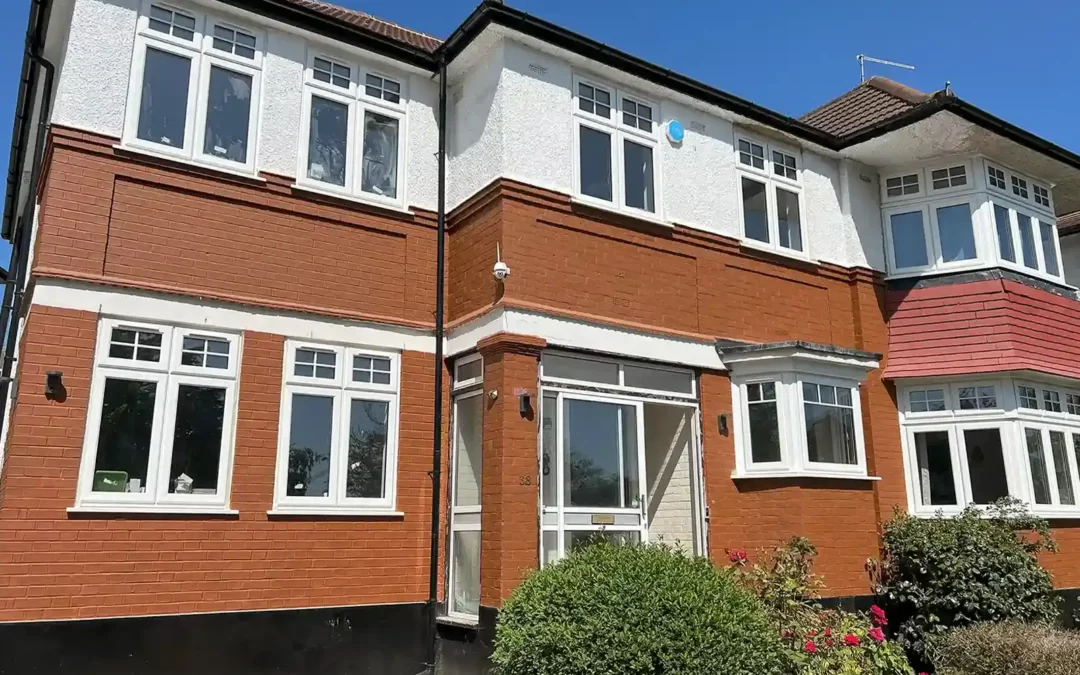Enhancing Housing Design Standards: UK’s 2023 Update on Minimum Space Requirements===
The United Kingdom’s housing design standards are constantly evolving to ensure that residents have access to safe, comfortable, and healthy living spaces. In 2023, the UK is set to introduce key updates to its minimum space requirements for housing design. These updates aim to address the growing concerns over cramped and inadequate living conditions, particularly in urban areas. In this article, we will explore the background of the UK’s housing design standards and examine the key updates and implications of the upcoming minimum space requirements.
===Background of UK’s 2023 Housing Design Standards===
The UK’s housing design standards are a set of guidelines and regulations that govern the construction and layout of residential properties. These standards aim to ensure that homes are built to a high quality and provide occupants with adequate living spaces. Over the years, as population density has increased and urban spaces have become more limited, there has been a growing need to revisit and update these standards.
In response to this need, the UK government has consistently worked on enhancing housing design standards. The upcoming 2023 update on minimum space requirements is part of this ongoing effort. The objective is to create homes that are not only functional but also promote well-being and quality of life.
===Key Updates and Implications of Minimum Space Requirements===
- Increased Minimum Room Sizes: One of the key updates in the 2023 housing design standards is the increase in minimum room sizes. This will address concerns over cramped living spaces and improve the overall comfort of residents. For example, the minimum size requirement for bedrooms may increase to ensure that occupants have sufficient space for furniture and movement.
- Improved Accessible Design: The new standards also emphasize the importance of accessible design. This includes wider doorways, level thresholds, and other features that make homes more accessible to individuals with disabilities or mobility issues. By incorporating these design elements, the UK aims to create inclusive and barrier-free living environments.
- Focus on Natural Light and Ventilation: The 2023 update places greater emphasis on natural light and ventilation in housing design. This means that developers and architects will need to consider factors such as window sizes, orientation, and the provision of adequate ventilation systems. These measures will enhance the health and well-being of residents by ensuring that homes receive ample natural light and fresh air.
- Enhanced Storage Solutions: Recognizing the importance of efficient use of space, the new standards also prioritize enhanced storage solutions. This could include built-in wardrobes, storage cupboards, and innovative designs that maximize storage space without compromising on living areas. The aim is to address the issue of clutter and provide residents with practical storage options.
- Sustainable Design Considerations: The 2023 update takes into account the need for sustainable housing design. This includes incorporating energy-efficient features, such as improved insulation and high-quality materials, to reduce energy consumption and environmental impact. These sustainable design considerations align with the UK’s commitment to combat climate change and promote eco-friendly practices.
